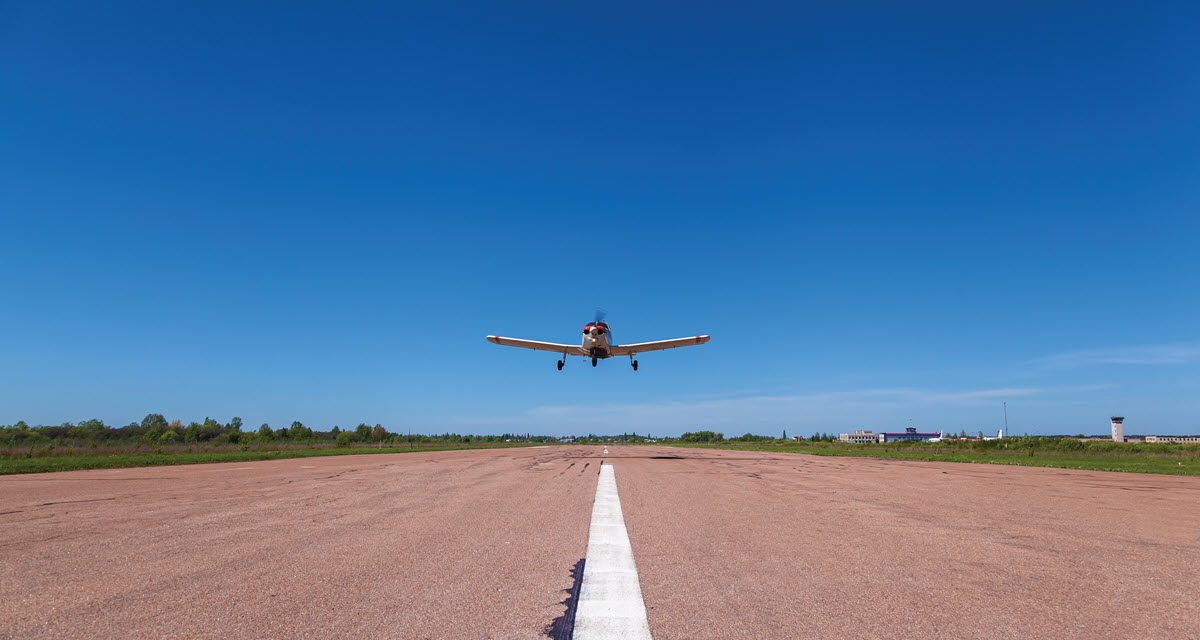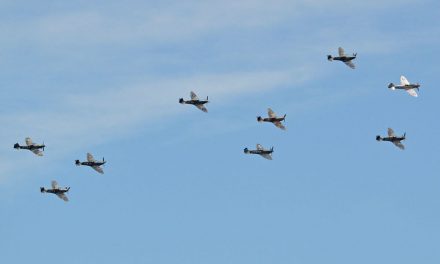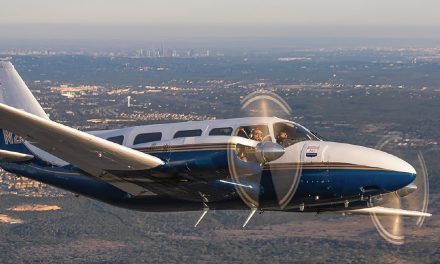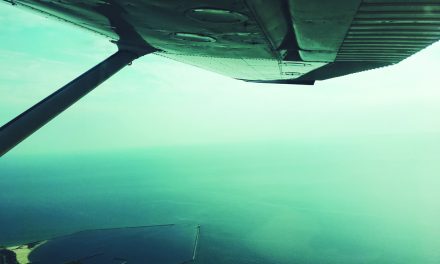Aborting a Flight — Either on Takeoff or in the Sky — Can Be One of Aviation’s Most Difficult Decisions
Mention the word “abort” to a pilot, and you’ll immediately summon visions of every pilot’s nightmare — an engine failure on takeoff. The airlines have rigid rules for handling that problem; general aviation should have the same rules, but it usually doesn’t.
Airlines must deal with balanced field lengths, ref speeds, and a number of other constraints that can practically make any decision for them. That doesn’t necessarily make those decisions easier, but it at least tends to quantify the choices in hard and fast parameters. Airline crews drill every six months during recurrency checks on all possible emergencies and use sophisticated simulators to protect them from harm. Personal airplanes operate with a different set of rules.
All airliners fly behind at least two engines, while the vast majority of general aviation machines are singles. That obviously means any malfunction should demand an abort— unless that’s absolutely impossible. Even if we do fly twins, we’re sometimes operating from short runways in adverse conditions, situations where the decision to go or to stop can be extremely difficult … or not. Sometimes the decision to abort isn’t a matter of choice.
A Sub-Prime Example
I was bringing back a Cessna 421 from Subic Bay, Philippines, to Oakland, California, more than 10 years ago. The airplane was an old friend. I’d delivered it to Subic only three years before, but the diminishing supply of avgas in Indonesia and the Far East convinced the owners to trade up to a King Air.
The legs to Guam, USA, and on to Majuro, Marshall Islands, had gone without too much difficulty, and I’d overnighted in Majuro in preparation for the long, 2000-nm leg up to Honolulu.
At 7:00 the next morning, I was sitting in the airplane, ready to fly. Majuro’s only runway slices are along a rare, straight section of the narrow island. The ring atoll is only about an eighth of a mile from lagoon to Pacific, and runway 7/25 has beach on both sides, no more than 100 yards from the centerline. If you lose directional control left or right, there’s a good chance you’re about to get the airplane wet.
I lined up on Majuro’s runway 7, pushed up the power and watched the needles rise to the red lines. I released the brakes, and the 421 began to roll down the 7,900-foot concrete strip with the acceleration of an ice cream truck. Speed with the heavy overload of 350 gallons of ferry fuel eventually managed to reach liftoff, and I eased the big Cessna off the ground and struggled for altitude.
I was just reaching for the gear handle when the left engine suddenly lost power. The airplane pulled hard left, and the port wing dropped toward the sand. I chopped the right throttle, managed to level the wings, slammed the 421 back onto the concrete and stood on the brakes as the runway end fence loomed straight ahead.
The twin Cessna finally screeched to a stop a short distance from the fence, with two flat-spotted tires and burned out brakes trailing smoke. I was able to turn off at the end onto the northwest ramp, but unable to taxi as the left engine, though still running, was unresponsive to the throttle, and the brakes were pretty well fried.
It turned out the left throttle linkage had snapped immediately after takeoff, probably a result of three years of corrosion in the salty, humid air of the Philippines. I don’t usually deal in what ifs, but I couldn’t help speculating what would have happened had the linkage waited another 10 seconds to break. By that time, I would have been out over the water. At 1,400 pounds over gross, the 421 would have stood no chance of flying on the remaining engine.
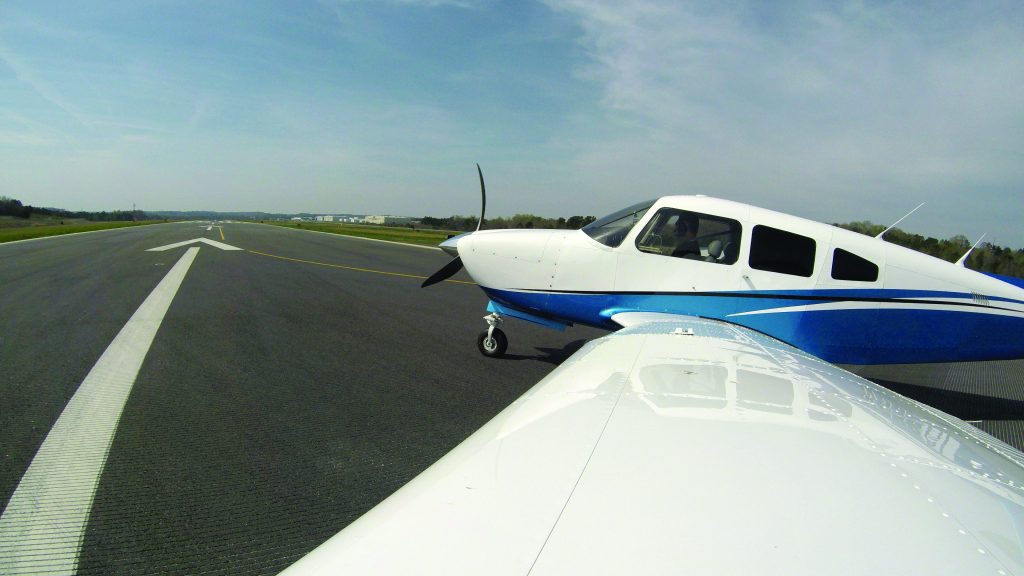
Making the Decision
In this case, the abort was my only choice, but some instances may not seem so clear cut. Back in the 20th century, Cessna used to build a centerline thrust twin called the Skymaster. The design was intended to eliminate the minimum control speed (Vmc) associated with asymmetric thrust and improve the chances of surviving an engine failure.
The rest of this article can be seen only by paid members who are logged in.Have a website login already? Log in and start reading now.
Never created a website login before? Find your Customer Number (it’s on your mailing label) and register here.
JOIN HERE
Still have questions? Contact us here.

